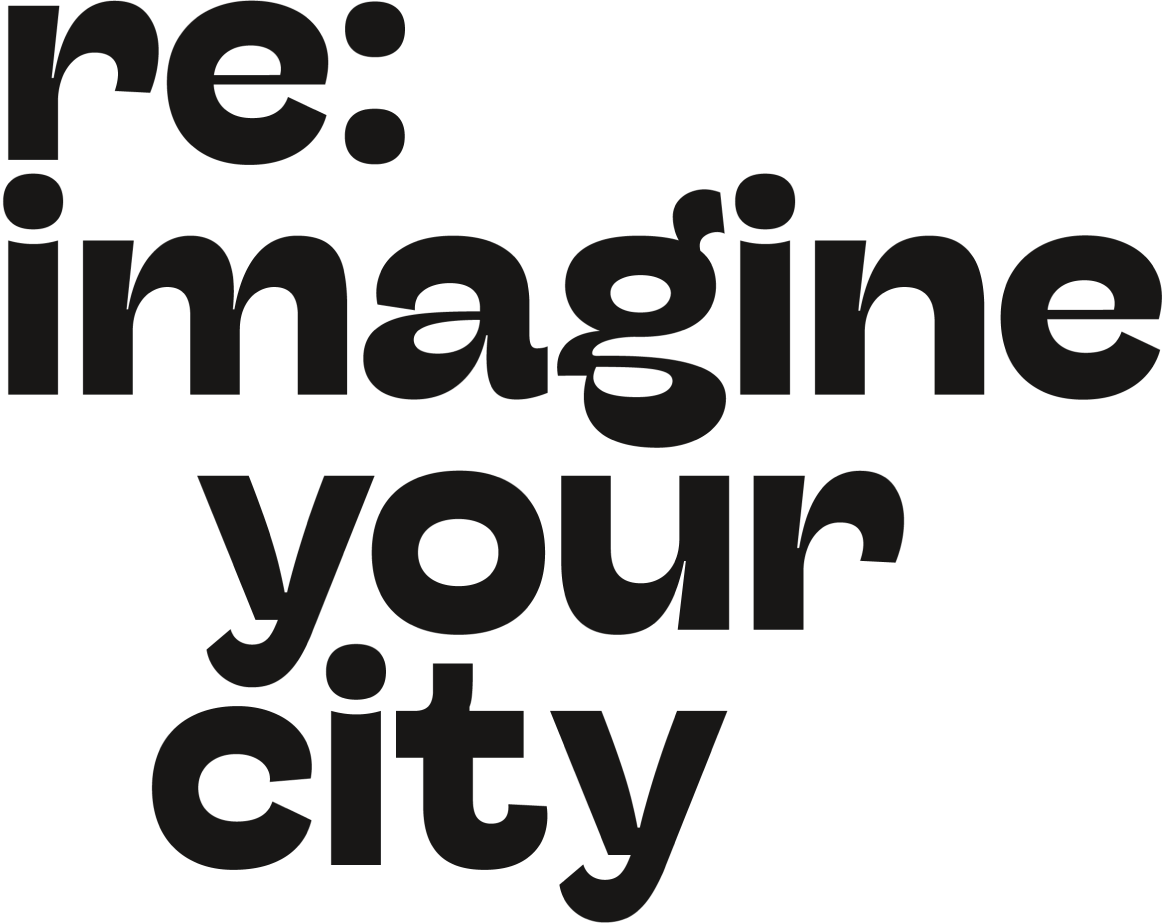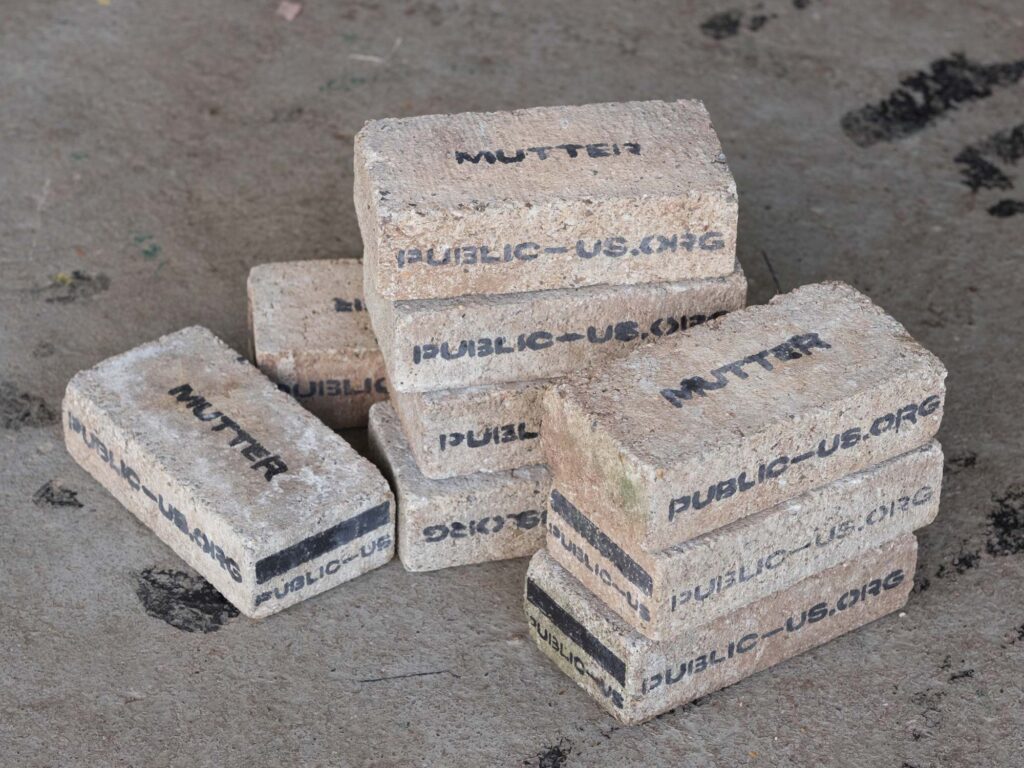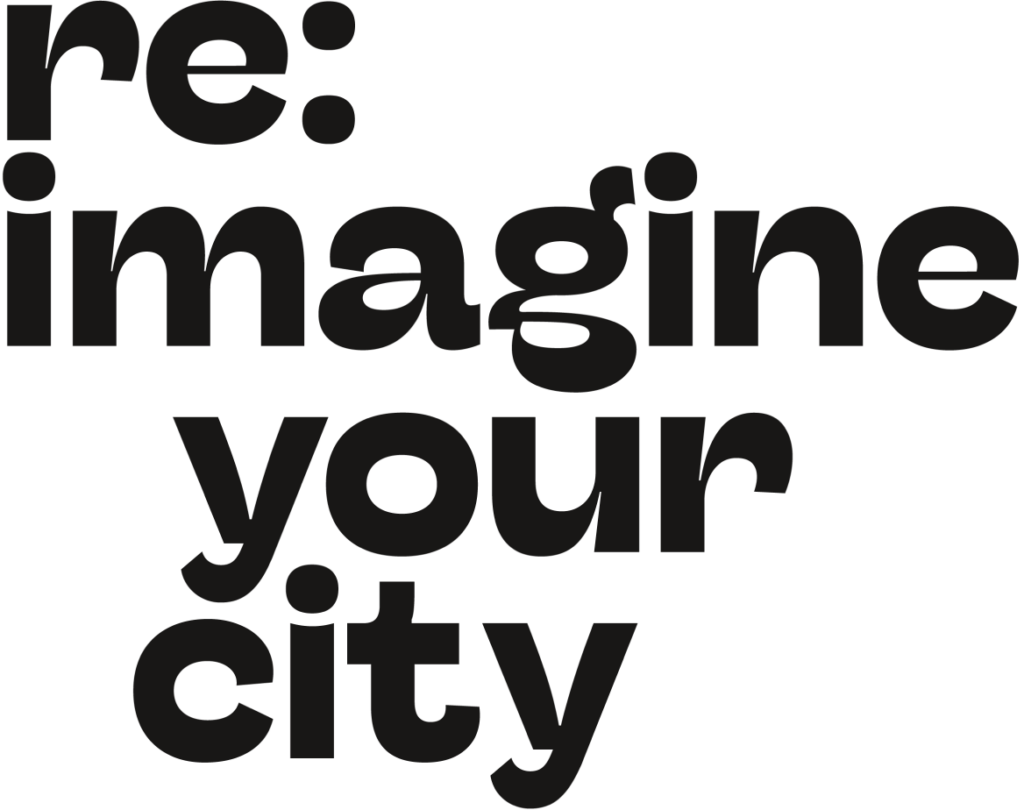Which monuments are present in the city? Who do they represent? Who is not represented? The educational art project PUBLIC-US invited young people in Freiburg to map these monuments and design their own statues for public space.
The project was created by Catherin Schöberl (artist and educator), Christoph Matt (eco-social designer) and Helena Schwär (art student) in cooperation with Schlüsselmensch e.V. The project arose from the specific request of a group of young people living in the St. Christoph refugee hostel (Freiburg) who wanted to design their own statue for public space.
With pen and paper, a city map, visual questionnaire, and graphic toolkit, the participants were sent on an exploratory tour through the city to map monuments and find out about how monuments are represented and portrayed in public space. The physical interaction and activity with an analog toolkit aimed to create a connection to the space and their own environment and allowed a clear focus on concrete aspects such as historical relevance, subjective feeling and social equality.
The goal of the urban exploration was also to sharpen the view of history and representations in public space: In which places do we encounter history? Who is expressed in them? And in what ways are the figures represented? And is society representatively visible in these monuments?
The collected data was compiled on a large map of the city and made visible to all: different colored stickers stand for different categories (gender, origin, etc.) and were placed on the city map under different criteria (artist, sculpture, theme, mode of representation). Together we considered in which colors the city becomes visible under these viewing categories and what this says about the (lack of) representation of certain groups of people.
In a more in-depth discussion, we considered together: What values do these sculptures represent or don’t represent? And which values are particularly important to us personally? Which people in our
own lives, at school, or well-known personalities do we know who represent these values and who of those people should be given visibility and have a monument built? Each participant decided on a value and a figure/personality that represents this value.
Then followed the implementation: each young person wrote the selected value on a textile flag and was given 8 paving stones as a foundation, on which the selected person’s name was written. Each participant chose a place in the public space where the proposed monument should stand, if it were
to be built. Here the young people staged themselves as the monument, stood on the specially created base and held the flags aloft in an activist style.



Melissa Molina (left) and Sadija Asani (right) both chose their mothers as potential monuments for public space. Melissa sees her mother as a role model on many levels. Sadija says she finds her mother very courageous and that her mother also gives her a lot of courage.


Seribana Mucista believes that Roma women (Romni) should receive a monument. She thinks she confidently embodies her own culture.
Photos by Giovanna León, public-us


